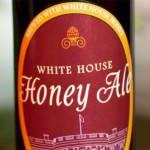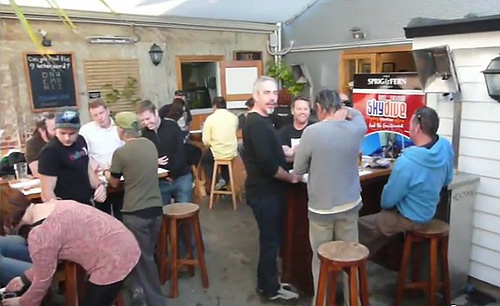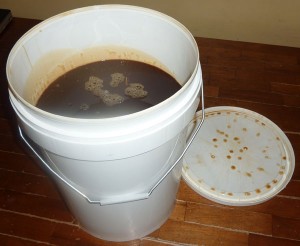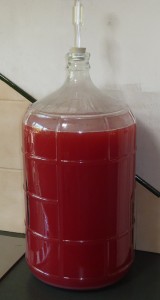With this recipe I’m shooting for some roasty flavours from the chocolate malt combined with the hoppiness of an IPA. The style is sometimes known as Black IPA but that’s a bit of an oxymoron and it’s got bugger all to do with India so I prefer to simply call it a Dark Hoppy Ale (DHA if you prefer acronyms).
In researching this beer I found that there are 2 different schools of thought to making a Black IPA:
- use a dark grain such as dehusked carafa to turn an IPA black (in essence primarilly for the colouring effect)
- use more roasty dark grains such as chocolate malt whose flavors come though in the final beer
The former approach seems to be more popular as you can get it to taste more like a traditional IPA but I was more drawn to the latter approach as I don’t see much point in making it black in colur only. I was interested in how the hops flavours would combine with the roasty malt flavours. This is my first attempt at a beer like this and I’m not following any tried and tested recipe, hence the name Shot In The Dark.
NOTE: The recipe below is for a half batch (12L)


 (Still from
(Still from 


